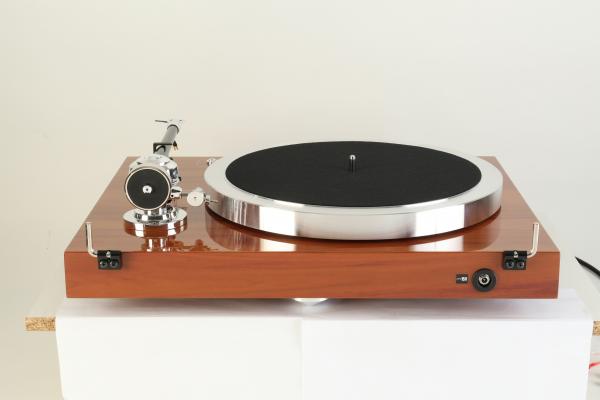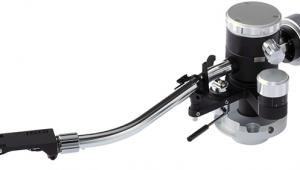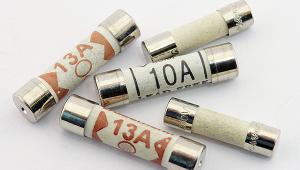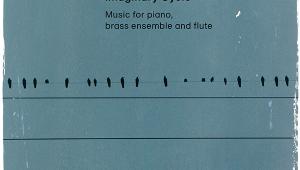EAT C-Dur Page 3
The C-Note arm’s counterweight is damped by a sorbothane-like polymer while the nylon thread for the bias outrigger sits in a groove around the arm base, improving stability. The tonearm leads connect via a five-pin SME/DIN connector
Open Invitation
It did not create artificial spaces between the instruments or vocals – quite a feat when a three- or four-part harmony was reproduced both perfectly blended and detailed enough to focus on the individual singers. The openness exposed minuscule details that have eluded me for nearly a half-century. That should allay any notion that the C-Dur’s gentility is achieved through a loss of forensic capabilities. Or that it cannot rock: Walsh’s solos throughout and especially the crispness of ‘Heartache Tonight’ put paid to that idea, too.
Attracted as much by the soundstage as by the overall smoothness, I turned to Nancy Wilson’s sublime Son Of A Preacher Man, which I knew possessed ‘big band’ scale. No, it wasn’t brave of her to cover a song owned by Dusty Springfield and Aretha Franklin, but Wilson made it hers by making it even more sultry. A sublime stylist, Wilson was backed on this 1969 recording by musicians and night-club-style arrangements which wouldn’t have been out of place on a Sinatra album a decade earlier.
Here the C-Dur exhibited just the right amount of refinement to showcase a vocalist of supreme clarity and diction, proffering soul, country and blues material. If you believe that the sound system, as much as the recording itself, conveys the emotion in the music, then the C-Dur succeeds beyond any doubts about that balance.
I tested this by trying two other cartridges that are easily distinguished from the Jo No5, one rather ‘cool’ sounding, yet the vivacity of Wilson’s delivery was undiminished. I did the same with another singer of similar intensity but a completely different mien, Judee Sill via her eponymous debut from 1971.
While the Wilson album is brassy and bold in places, Sill’s exquisite singer-songwriter effort is in the early Joni Mitchell vein. As intimate as any work in the genre, the superb sound of this 45rpm 2LP pressing digs deeper, and both Sill’s delicate singing and piano playing were showcased perfectly by the C-Dur. Conversely, they enabled the deck to perform of its best – and please note that I was listening to it in absolutely stock form, as befits any review.
If any instruments embody the capabilities of the C-Dur, it’s the two most difficult to reproduce: voice and piano. In tandem, as Sill’s were heard here, the C-Dur displayed proficiencies so close to decks at twice the price that it is now my reference in the £3000-£5000 sector. Yes, it’s that good.
Hi-Fi News Verdict
What a joy! Aside from the fiddly anti-skating thread, the C-Dur was a dream to set up, performing flawlessly and encouraging long listening periods. Bizarre it may be to attribute ‘relaxing sound’ to a turntable, but there was a sense of ease and freedom from aggression which recalls the primary difference, for some, between valves and solid-state.
Or, in this case, analogue versus digital – vividly. I love it.
Sound Quality: 87%






















































